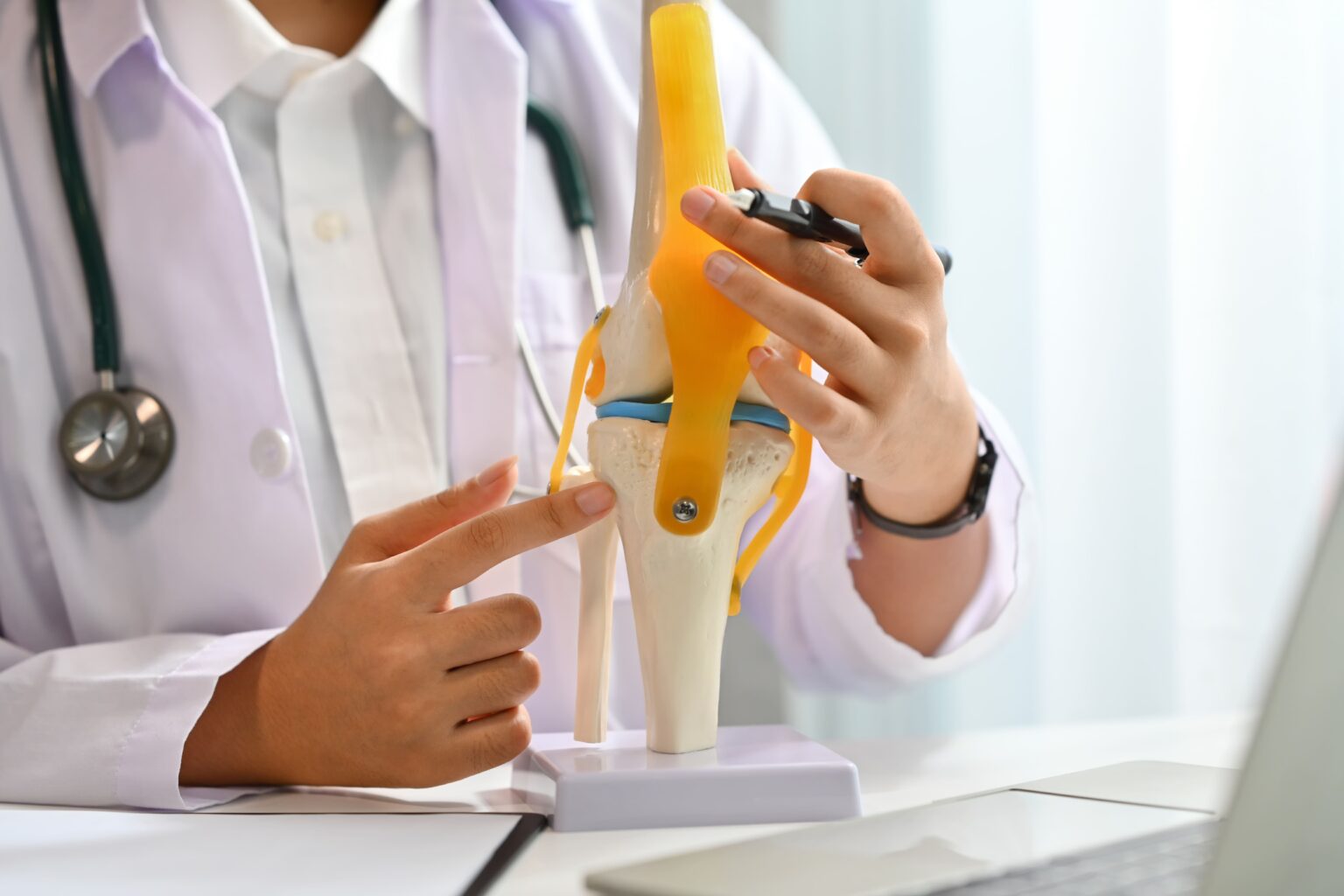SCHEDULE AN APPOINTMENT WITH US
Are Your Symptoms Affecting Your Quality Of Life?
Consult our MOH-accredited orthopaedic specialist for a detailed consultation & personalised treatment plan today.

A knee osteotomy is a surgical procedure that involves cutting and realigning the bones in the knee joint to relieve pressure on the damaged area. It is primarily used to treat knee osteoarthritis when the wear and tear are more pronounced on one side of the knee.
By shifting the body weight onto the healthier side of the knee, the surgery aims to reduce pain and improve joint function. Knee osteotomy is commonly recommended for younger, active individuals who wish to delay total knee replacement.
Knee osteotomy can relieve pain, improve mobility, and delay the need for knee replacement in the following cases:
Knee osteotomy is ideal for patients with osteoarthritis that affects only one side of the knee, which causes pain and reduced mobility. It helps redistribute weight away from the damaged area.
Patients with bow-legged (varus) or knock-kneed (valgus) deformities that cause uneven wear on the knee joint are suitable candidates for osteotomy. The procedure realigns the bones to relieve stress on the affected side of the knee.
Knee osteotomy is often recommended for physically active individuals who wish to maintain or improve their mobility without undergoing total knee replacement. It allows them to continue engaging in physical activities by relieving pain and restoring proper function to the knee.
There are two main types of knee osteotomies, each addressing different areas of the knee and specific deformities:
This procedure focuses on the tibia (shinbone) and is commonly used to treat bow-legged (varus) deformities. The tibia is cut and realigned to shift weight away from the inner part of the knee, relieving pressure on the damaged cartilage. It is most effective for patients with medial (inner) knee osteoarthritis.
This procedure involves the femur (thighbone) and is typically performed to correct knock-kneed (valgus) deformities. The femur is reshaped to shift weight away from the outer part of the knee. It is often recommended for patients with lateral (outer) knee osteoarthritis.
Before undergoing knee osteotomy, proper preparation is necessary for a successful outcome. Here are several important steps to take:
General or spinal anaesthesia is administered to ensure the patient is pain-free during the procedure. The type of anaesthesia used depends on the patient’s health and the surgeon’s recommendation.
The surgeon makes an incision over the knee and cuts either the tibia or femur. A wedge-shaped section of bone is adjusted to realign the knee and shift weight away from the damaged area.
After realigning the bone, the surgeon uses metal plates, screws, or pins to stabilise the bone in its new position, allowing it to heal correctly.
Once the bone is stabilised, the incision is closed with stitches or staples, and the knee is bandaged.
SCHEDULE AN APPOINTMENT WITH US
Consult our MOH-accredited orthopaedic specialist for a detailed consultation & personalised treatment plan today.
As with any surgery, knee osteotomy carries risks that patients should be aware of. These include:
Monday – Friday: 9.00am – 6.00 pm
Saturday: 9.00am – 1.00pm
Sunday & PH: CLOSED
Monday – Friday: 9.00am – 6.00 pm
Saturday: 9.00am – 1.00pm
Sunday & PH: CLOSED
Get Started
The timeline for returning to work or daily activities depends on the nature of your job and how quickly your knee heals. Office workers may return in 4-6 weeks, while those with physically demanding jobs may require several months before resuming work.
Yes, you may need to avoid high-impact activities that put excessive stress on your knee, such as running or heavy lifting, to preserve the benefits of the surgery and protect the joint from further damage.
In some cases, patients may still need a total knee replacement later in life, especially if osteoarthritis progresses to other parts of the knee. However, osteotomy can delay this need for many years.